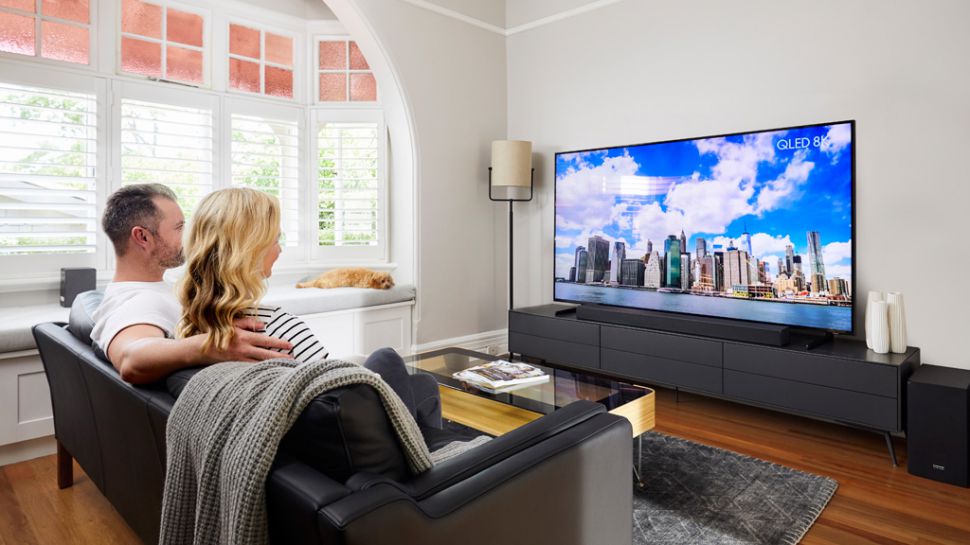Today consumers of 5G cell phones may have experienced one of the following dilemmas: impressive download speeds with minimal and dotted coverage or extensive and reliable coverage with speeds that aren’t much faster than today’s 4G networks.
However, a new technology developed by electrical engineers at the University of California San Diego combines the best of both worlds without sacrificing speed or reliability. It could enable 5G connectivity that is superfast and 100% reliable simultaneously, according to a presentation given at the ACM SIGCOMM 2021 conference in late August and reported in a UC San Diego blog post.
Hailing from engineers at the University of California San Diego, this technology presents a solution to overcome a blockade to achieve a high band 5G service for the everyday user: the high-speed wireless signals, known as millimetre waves, cannot travel far and are easily blocked by walls, people, trees and other obstacles. Today’s high band 5G systems transmit data by sending one laser-like millimetre-wave beam between a base station and a receiver—for instance, a user’s cell phone. However, if someone gets in the way of that beam’s path, then the connection gets blocked.
“Relying on a single beam creates a single point of failure,” said Dinesh Bharadia, a professor of electrical and computer engineering at the UC San Diego Jacobs School of Engineering, who is the senior author on the ACM SIGCOMM paper.
Bharadia and his colleagues came up with a smart solution that involves splitting the laser-like millimetre-wave beam into multiple laser-like beams and having each beam take a different path from the base station to the receiver. As a result, there is a chance that at least one beam reaches the receiver when an obstacle is in its way.
To build the system, the researchers developed a set of algorithms. The first algorithm instructs the base station to split the beam into multiple paths. Some of these paths are direct, while some take an indirect route, where the beams bounce off reflectors—surfaces in the environment that reflect millimetre waves like glass, metal, concrete or drywall—to get to the receiver. The algorithm then identifies which are the best paths through trial and error. It then optimizes each beam’s signal angle, phase, and power to create a strong, high quality and high signal.
“You would think that splitting the beam would reduce the throughput or quality of the signal,” said Bharadia in a press release. “But with the way that we’ve designed our algorithms, it turns out mathematically that our multi-beam system gives you a higher throughput while transmitting the same amount of power overall as a single-beam system.”
Another algorithm maintains the connection when a user moves around and another user steps in the way. Unfortunately, when these two things happen, the beams get misaligned. The algorithm overcomes this issue by continuously tracking the user’s movement and realigning all the beam parameters.
This can be done with modern communications technology. “You don’t need any new hardware to do this,” said Ish Jain, one of Bharadia’s doctoral students in electrical and computer engineering who is also the first author of the paper. “Our algorithms are all compliant with current 5G protocols.”
A small base station is required with a phased array built in the UC San Diego’s lab by computer engineering professor Gabriel Rebeiz, an expert in phased arrays for 5G and 6G communications.
The team is currently working on scaling their system to have the capacity for multiple users.

